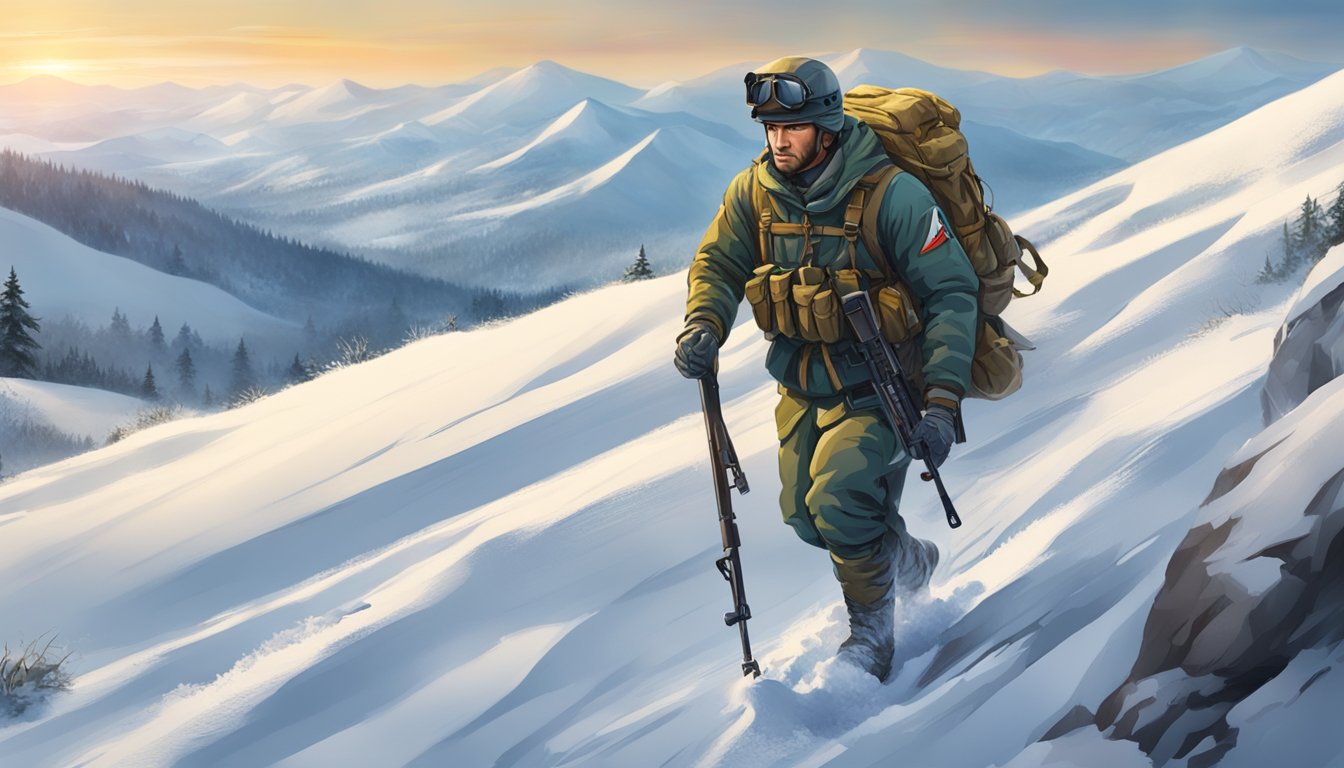Recently, Sgt. Maj. of the Army Michael Weimer visited the 1st Battalion, 4th Infantry Regiment at the Joint Multinational Readiness Center in Hohenfels, Germany, all part of Combined Resolve 25-1.
Dynamic Battlefield Conditions
Today’s battlefield presents numerous complexities, from challenging weather patterns to the critical aspects of terrain.
These realities are particularly relevant for one of three brigades currently in training near the ongoing conflict in Ukraine.
For the past month, soldiers from the 3rd Brigade, 10th Mountain Division, stationed at Fort Johnson, Louisiana, have deployed across Europe, specifically in Poland and Germany.
They’ve faced extreme weather conditions—including freezing temperatures, thick fog, continuous rain, and muddy environments—putting their operational capabilities to the test.
In this context, the 3rd Brigade is part of the Army’s Transformation in Contact initiative, which aims to assess new technologies and organizational strategies in real-world scenarios.
They are joined by the 2nd Brigade from the 101st Airborne Division and the 2nd Brigade from the 25th Infantry Division, both striving to adapt in similar training environments.
Sgt. Maj. Weimer’s Participation
During this exercise, Weimer actively participated by donning his field gear and training alongside the troops.
He immersed himself in the action, engaging with soldiers from both friendly and opposing forces to replicate realistic combat conditions.
Weimer expressed his observations about the unique weather-related challenges faced by the brigade, noting how the conditions diverged sharply from those encountered by the other brigades involved in the initiative.
The severe elements—snow, sleet, and fog—added layers of complexity that significantly influenced tactical approaches.
Spending time with the opposing forces, Weimer evaluated the 3rd Brigade’s defensive strategies, witnessing their adaptability firsthand.
A major focus of the Transformation in Contact program is the integration of specialized equipment, including advanced infantry vehicles, cutting-edge communication technologies, and improved drone systems.
He was particularly impressed by the squad vehicles, which showcased remarkable mobility despite the difficult surroundings.
Weimer’s attention was also drawn to the squad multipurpose equipment transport (SMET), a robotic-like device that has greatly expedited obstacle placement and can operate in silence, enabling soldiers to discreetly charge equipment in the field.
Challenges and Innovations
While these enhancements are noteworthy, Weimer acknowledged the ongoing challenges faced during operations.
Soldiers in the 3rd Brigade dealt with keeping drone batteries operational in frigid temperatures and adapted by using creative methods, such as sleeping with their batteries for warmth and employing hand warmers and emergency blankets to ensure sustained power.
Despite their reliance on newer technologies, Weimer pointed out that soldiers still value legacy systems.
Yet, they are skillfully merging these traditional tools with modern solutions.
This blend of past and present reflects a powerful “Transformation in Contact mindset” among the troops as they navigate various network challenges.
In conclusion, Weimer admired the resilience and adaptability displayed by the soldiers.
Their innovative problem-solving abilities highlighted the essence of military service, particularly in troublesome conditions.
Through grit and determination, they embodied a commitment to operational excellence.
Source: Militarytimes

